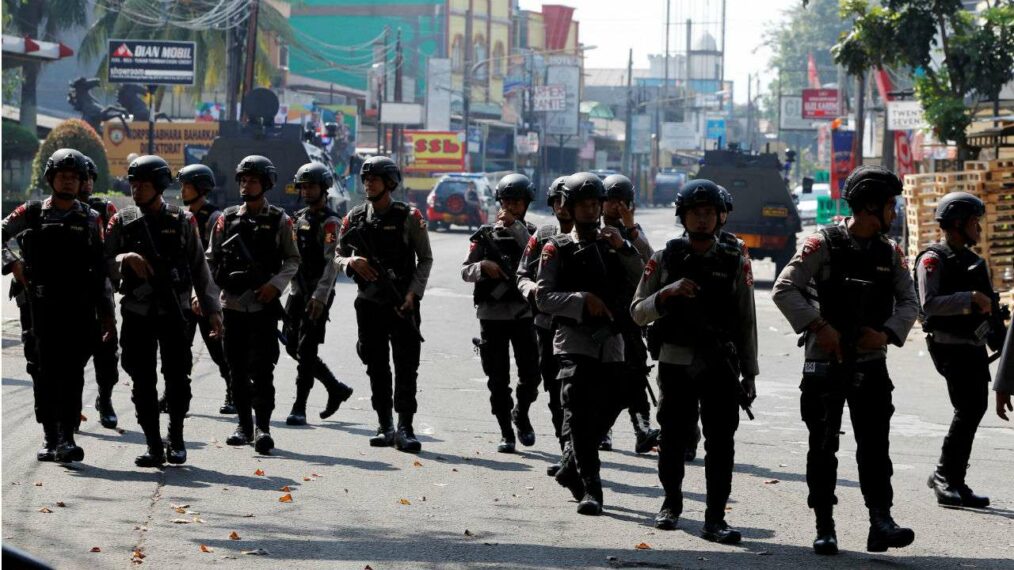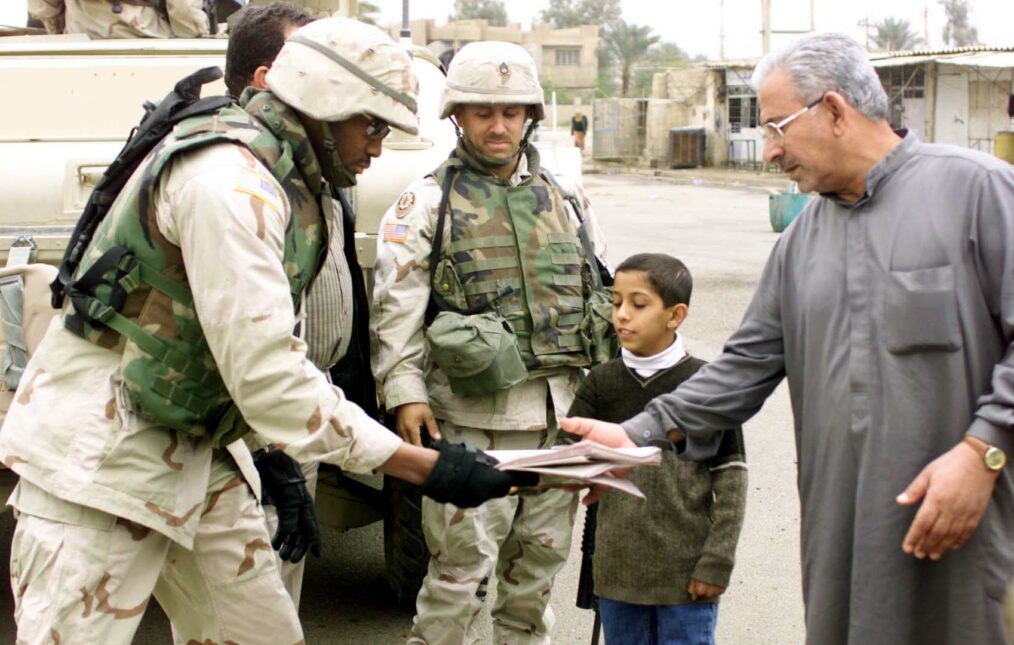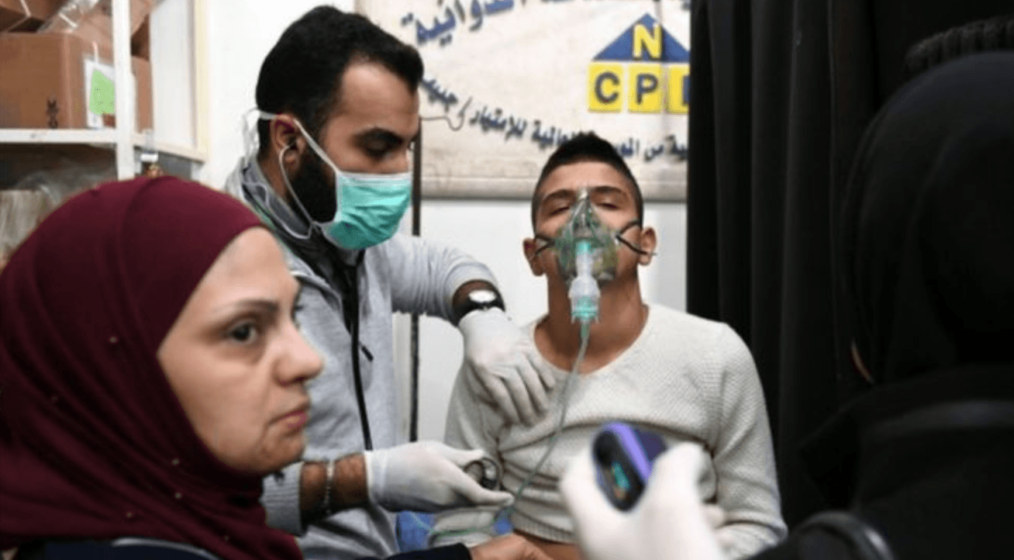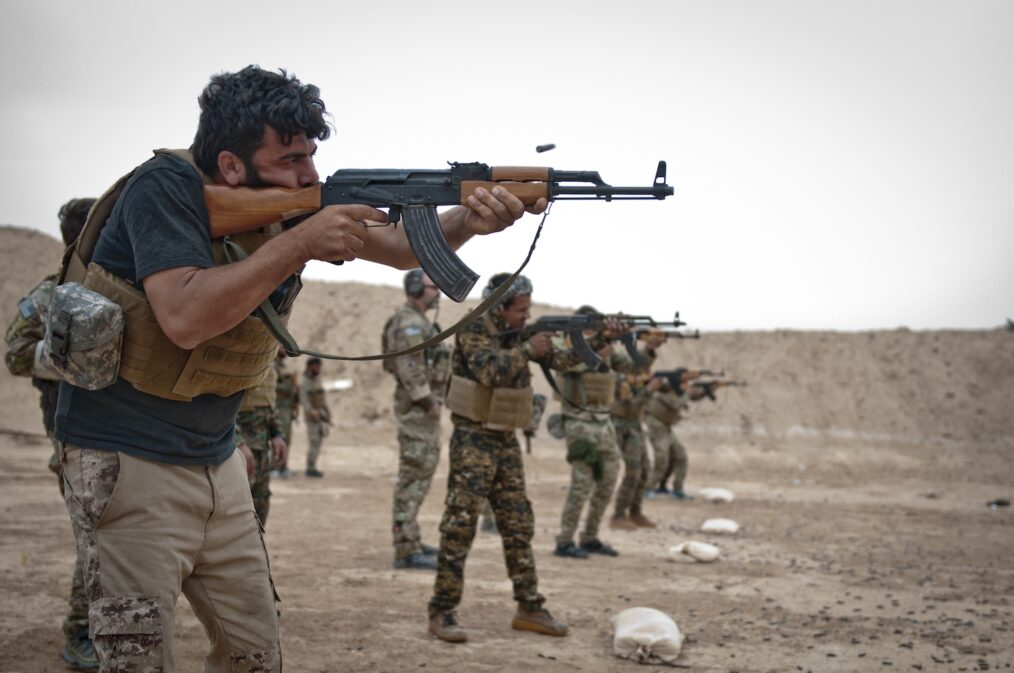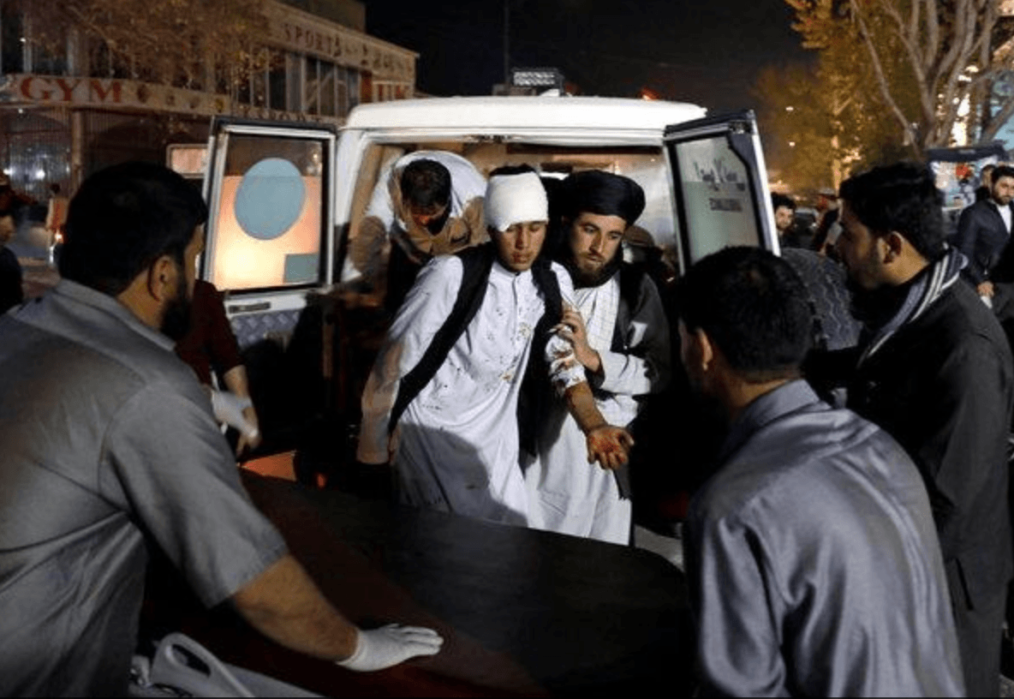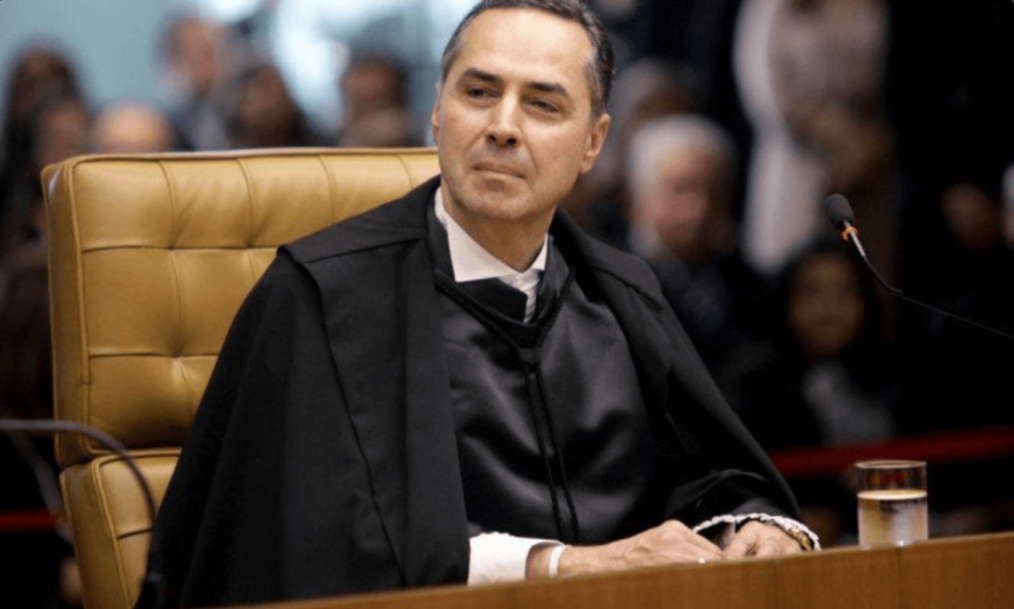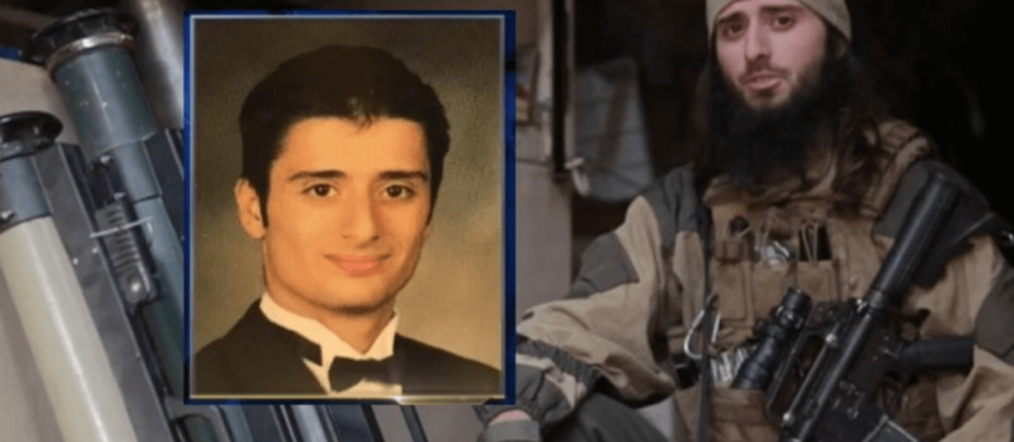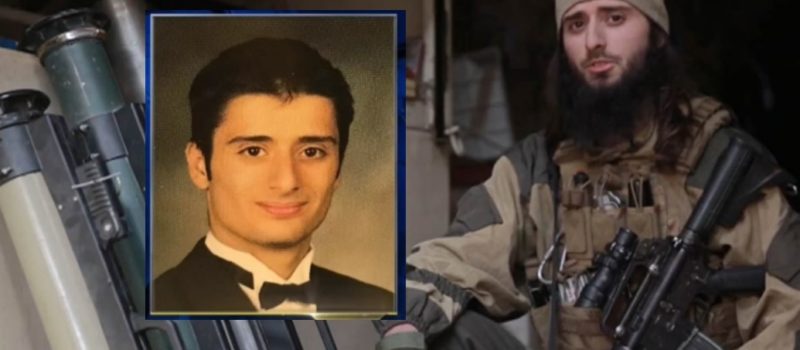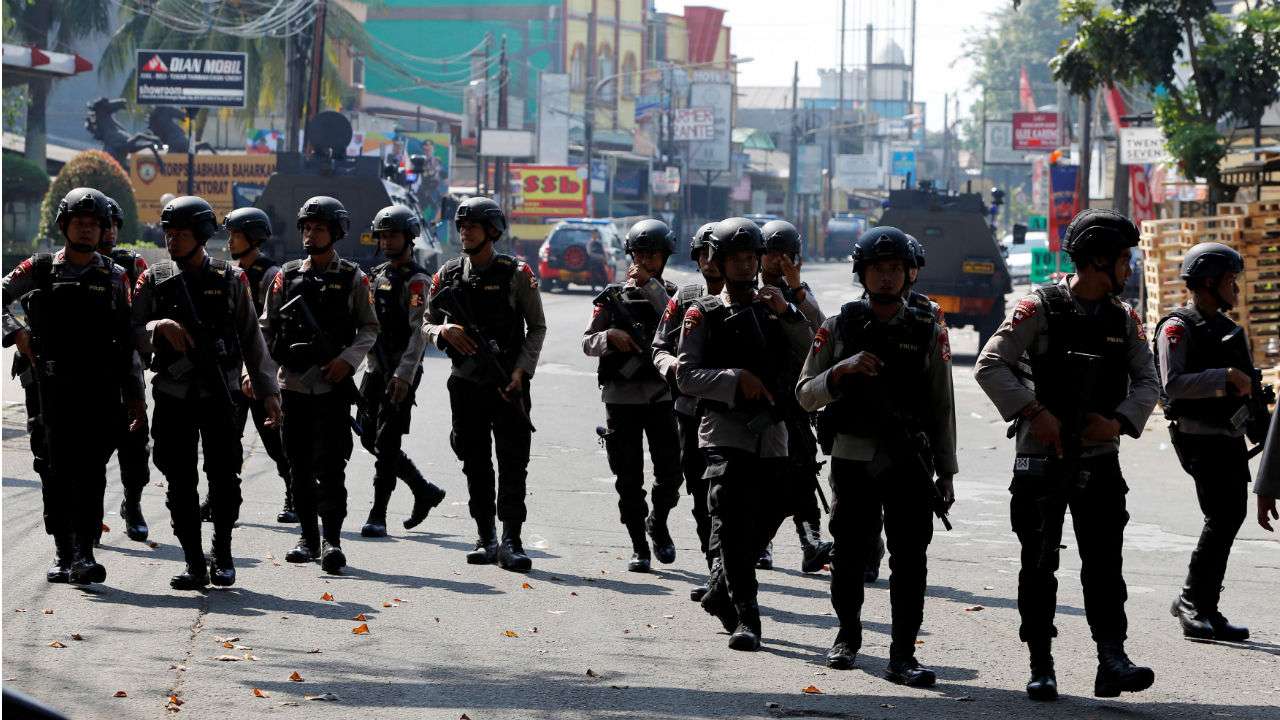
A group of policemen patrol at the Mobile Police Brigade headquarters in Depok, south of Jakarta, Indonesia, May 9, 2018
Since the turn of the century, much of countering violent extremism (CVE) discussion has rightly focused on the Middle East and Central Asia. While all corners of the world have seen a rise in violent extremism-related danger, Southeast Asia, arguably, has seen the steepest rise — particularly the archipelago of Indonesia.
With as many as 30 terrorist attacks dating back to the early-2000s, Indonesia has crafted multiple methods to eliminate the extremist threat.
This goes beyond simply creating an anti-terror special force called Detachment 88. Rehabilitation programs, centers, and schools — whether headed by the National Board on Anti-Terrorism, or civil organizations — have gained traction. The methods have focused on reintegration into society, education for extremist offender’s children in government schools, with special attention paid to preventing prisons from becoming breeding grounds for extremist ideology. In preventing violent extremism and reintegrating former extremists Indonesia is laying a proper foundation for success. But plenty of work needs to be done to make broaden efforts and establish Indonesia as a counterterror leader who the world can follow.
Rehabilitation of terrorism offenders in Indonesia is defined as, “all type of efforts, through cooperation of various entities, whether in social, psychology, education, economic, culture, human resources or other related fields, into a continuous process, which aims to rehabilitate terrorism inmates so they are able to be back in society as a holistic individual both mentally, emotionally, economically, and socially, so as to achieve self-sufficiency, productive and useful to the state and society.”
Psychological rehabilitation from terrorism attempts to reestablish the human capacity and societal function of former extremists.
According to frameworks researched in Indonesia, the processes of de-radicalization through societal rehabilitation revolve around exclusiveness and inclusiveness. Exclusiveness is simply rehabilitation through cutting imprisoned extremists off from the outside world in order to stop intra-prison ideological spread. Inclusiveness refers to dialogues with friends and family as a means of behavioral transformation.
Studies in the archipelago point to the three roles of radical extremist militants: leaders or ideologues preaching their radical beliefs, middle management organizers acting as recruiters and strategists, and followers carrying out attacks as foot soldiers. Furthermore, the reasons why so much radicalization takes place in prisons are ideological i.e. brainwashing, solidarity-driven, revenge-seeking, separatist mentality and/or mob mentality, and situational or forced reasons.
The general opinion among those in the Indonesian CVE field is that rehabilitation centers and policy around them must be more comprehensive.
Initial policy for rehabilitation took a so-called “soft-power” approach whereby aid money was allocated to the families of former extremists. In addition to money for food and clothing, police were told to begin engaging prison inmates in friendly religious discussion including the breaking of the Ramadan fast together. The success of these initial “soft-power” policies was limited with very few former extremist prisoners interested in talking.
It is unclear how much of this comes down to the widely held misconception that only radicals can get through to other radicals and that radicals already cooperating eventually become discredited. Struggles have been compounded by no official national budget allocated towards these policies thus creating some accountability issues. Nevertheless, early stages of these rehabilitation programs allowed police to recognize the complexities of radicalization and de-radicalization.
The government appointed bureau for anti-terrorism, the Badan Nasional Penanggulangan Terorisme (BNPT) has not been a straightforward success, or even a help for that matter thanks to weak institutions in Indonesia. Corruption in the prison system has meant that top-down funds from the BNPT rarely have the desired effect on rehabilitation in prison. Therefore, the civil organizations that have filled the gaps have begun applying a bottom-up approach by examining why past extremists have left or de-radicalized in rehabilitation programs or prison.
The main causes have proven to be disillusionment with extremist leadership, an awareness that the costs outweigh personal or movement-wide benefits, the development of new friendships outside militant groups, and changes to personal goals such as wanting a family or education. However, despite plenty of organizations adopting techniques to aid the rehabilitation process, civil organizations can only do so much.
Tailoring individual interventions is resource intensive and pushback within the country points to questions over why other prisoners do not have such publicized rehabilitation initiatives. The public’s knowledge of corruption makes it challenging for the Indonesian government to figure out how to make use of resources and assist civil organizations as their work may be discredited through association. With 23 civil organizations recently partnering to pool resources under the moniker C-Save, maybe proper steps are being laid to make sure the government’s top-down approach works in conjunction with the civil organization’s bottom-up approach.
The field of CVE is certainly not an exception to the idea that people are stronger when in conjunction with one another so in the spirit of the Indonesia Raya, “Let us proclaim, Indonesians unite!”

